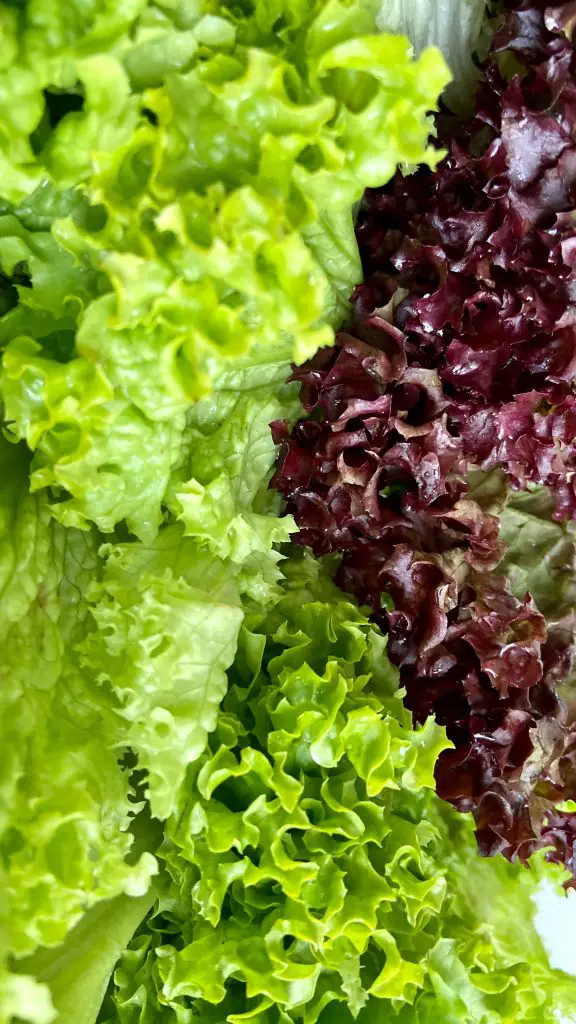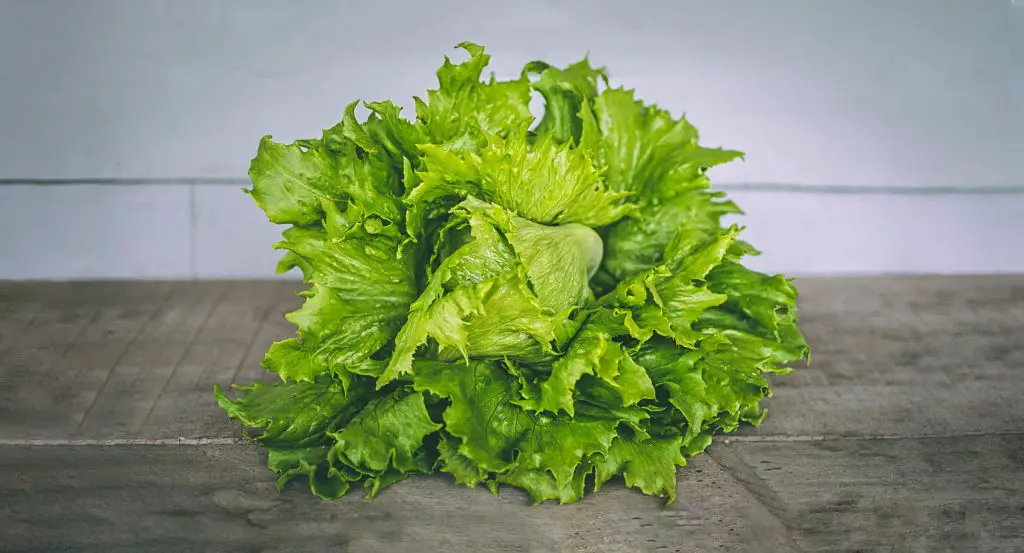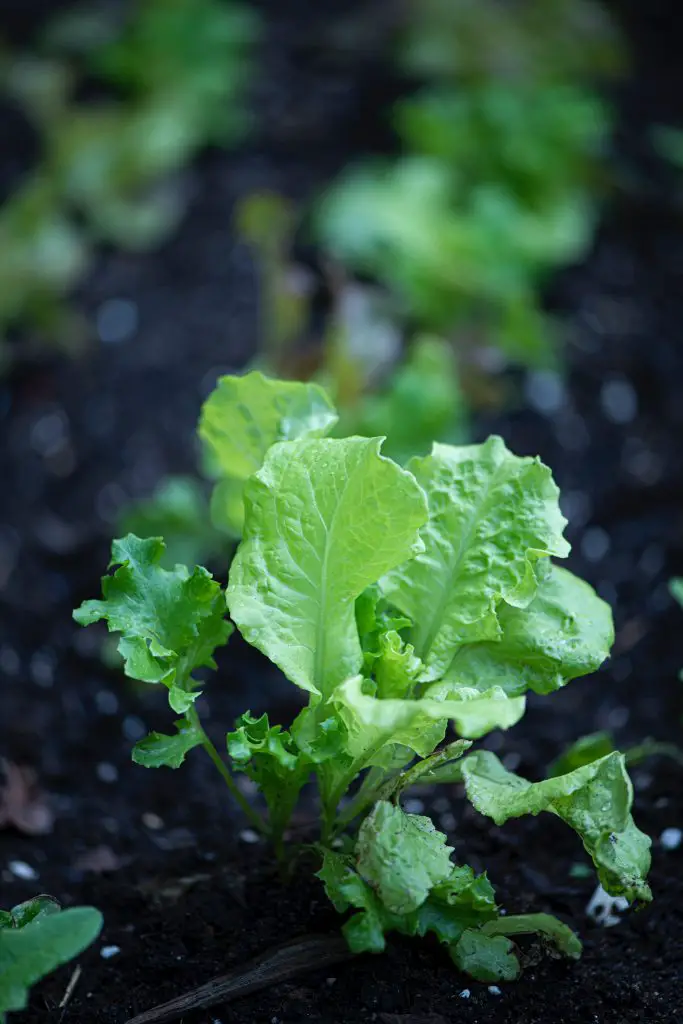How Much Sun Does Lettuce Need? Can It Tolerate Shade? Lettuce is one of the most widely-eaten leafy greens in the world and is used in a range of different dishes. As a result of this popularity, lettuce is also one of the most common vegetables to be grown by home gardens. One of the most common questions that is asked is how much sun does lettuce actually need to grow successfully?
Lettuce is a plant that can tolerate full sun conditions and can also be successfully grown in shady locations. However, when growing the plant in shady locations the rate of growth achieved over the same period will be reduced. The extent of this reduction in output will depend upon the extent of shading. A 2013 Turkish study found that 35% of shading of the plants reduces the yield by approximately 10% whereas shading 55% of the light reduces the yield by roundabout 60%.
While these results suggest that the yield of the letter plant does decline with the level of shading the degree of yield loss is relatively minor at levels up to 35% and there are also distinct advantages associated with planting lettuce in shady conditions.
One of the most common problems that home gardens, in particular, have at the height of summer is that lettuce has a tendency to become bitter very quickly and will bolt which renders the lettuce essentially unusable.
As such we highly recommend at this time of year to plant at least a portion of the lettuce that you are putting into the ground in a shady location as this will reduce the rate of growth ensuring that the lettuce lasts longer.

Additionally, given that the lettuce does quickly become bitter it is important to make sure that you sow seeds regularly to ensure that you have two or three different lettuce crops growing at the same time to make sure that you never run out of produce.
How To Grow Lettuce
Lettuce is a relatively easy plant to grow and can be sown directly into the garden however I generally recommend planting seeds in a seed tray as it is easier to control the climatic conditions in which the plant grows.
When selecting lettuce varieties to grow generally I recommend that you use loose-leaf varieties rather than ones that produce a head simply because you can harvest the loose-leaf varieties at different stages throughout the season rather than having one big harvest.
Additionally, it is a good idea to select seed packets that are made up of a mixture of lettuce seedlings as this will allow you to do a single sowing and produce a range of different lettuce varieties quickly and easily. These packets will make it easy to create a loose leaf salad with a variety of flavors and textures.
To start the seeds off start by filling a flat seed tray with soil and firming it down to create a flat surface. Sprinkle the seeds thinly in rows approximately 2 to 3 inches apart to ensure that the seeds make good contact with the soil.

As lettuce seeds need light to germinate it is best not to bury the seeds as if you bury them too deeply they will not germinate. Once the seeds are in position it is important to ensure that the soil is kept moist and the seed tray is located in a relatively warm location.
Typically you can expect the lettuce seeds to germinate after 5 to 7 days and the seedling will need to spend at least 4 to 6 weeks in the seed tray before they can be planted out into the garden.
To ensure continuous supply it is a good idea to sow seeds when the previous seed tray has reached the point at which it is ready to go out into the garden.
Transplanting Seedlings Into The Garden
Once the lettuce seedlings are large enough to plant out into the garden they can be transplanted quickly and easily with a minimum of effort using a trowel provided that they have been sown into rows.
To do this successfully start by creating a shallow furrow out in your garden that is approximately 1 to 2 inches deep. To transplant, the seedlings use a trowel to pick up an entire row and place it into the waiting furrow and then push the soil back around the seedlings. Generally, if you are careful with the way that the seedlings are transferred it will take only a few minutes to transfer seedlings into the garden.

In terms of location, lettuce seedlings can be planted in full sun or part shade depending upon the time of year. In the hottest parts of the year, the plants can become better extremely quickly so it is a good idea to plant at least some of your lettuce in the shade to reduce the chances of this happening. It is also advisable to plant extra seeds around this period to ensure that you have a continuous supply.
Plants should ideally be planted into rich moist and free drained soil with plenty of nutrients, however, if you feel that your soil is lacking some nutrients then it is a good idea to add an additional bag of compost.
Harvesting Lettuce Leaves
Loose-leaf lettuce leaves are most commonly harvested by getting a pair of scissors and snipping the top of the entire plant, however, if you want to ensure that you have a more continuous harvest from your lettuce it is a good idea to pick the outer leaves of the plant leaving the inner ones intact.
if you do this the plant will recover much more quickly meaning that you can take more regular harvest from the same plant.
I hope you found this article useful and have great success growing your lettuce at home if you have any additional comments or questions please leave them in the section below.
Relevant Articles
How Long Does It Take Lettuce Seeds To Germinate? How Does Temperature Effect It?
How Much Does One Lettuce Plant Yield?
Will Deer Eat Lettuce? And How To Stop Them
